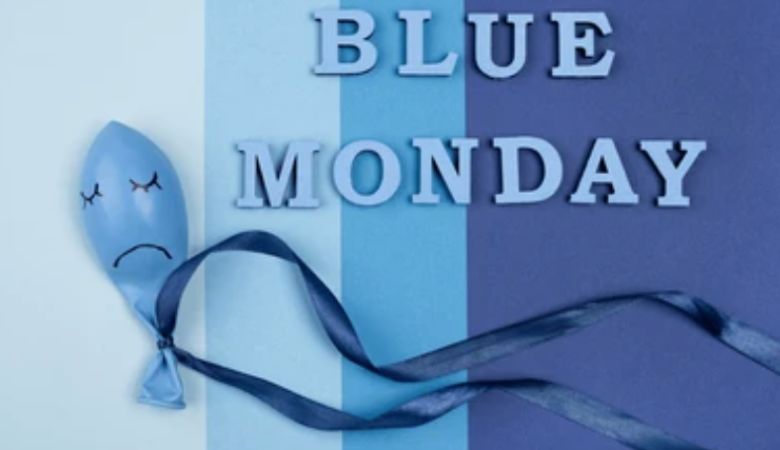Today is Blue Monday, is it really the saddest day of the year?

Blue Monday is a term that refers to the third Monday in January, often claimed to be the most depressing day of the year. This concept was first introduced in 2004 by Dr. Cliff Arnall.
Arnall devised a formula that took into account various factors, including weather conditions, debt levels, time since Christmas, and the motivation to take action.
However, it’s important to note that the scientific validity of Blue Monday has been widely criticized, and many argue that it lacks empirical support.
The factors contributing to the perception of Blue Monday as the most depressing day of the year are often subjective and vary from person to person. Some commonly cited reasons include the post-holiday blues, with the festive season festivities coming to an end and individuals returning to their daily routines.
Additionally, the weather in January tends to be gloomy in many parts of the Northern Hemisphere, which can affect mood and exacerbate feelings of sadness.
The idea was initially developed by psychologist Dr. Cliff Arnall in 2004, who created a formula to calculate this day based on various factors such as weather, debt, time since Christmas, and personal motivation.
The equation, [W + (D-d)] x TQ / M x NA, includes variables like weather, debt, monthly salary, time since Christmas, time since a failed quit attempt, low motivational levels, and the need to take action.
Despite its widespread recognition, Blue Monday has faced criticism for lacking scientific validity. The formula and its components have been deemed pseudoscientific, with critics arguing that the variables are often nonsensical and incompatible for accurate measurement.










